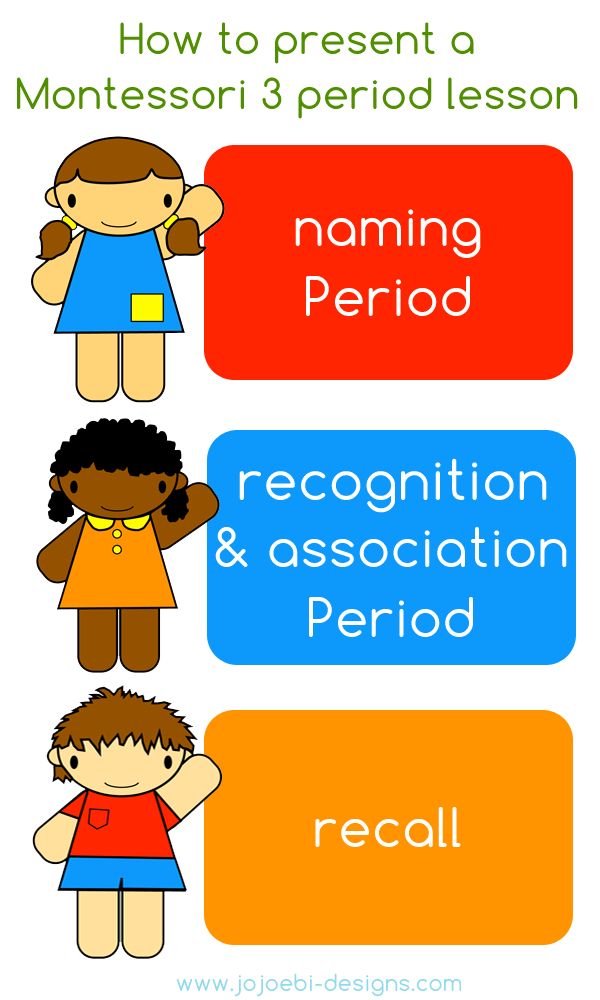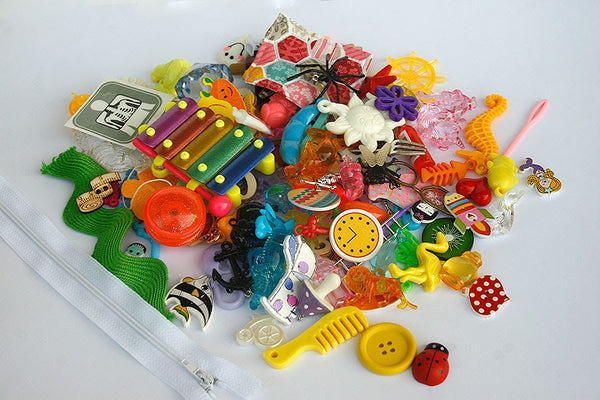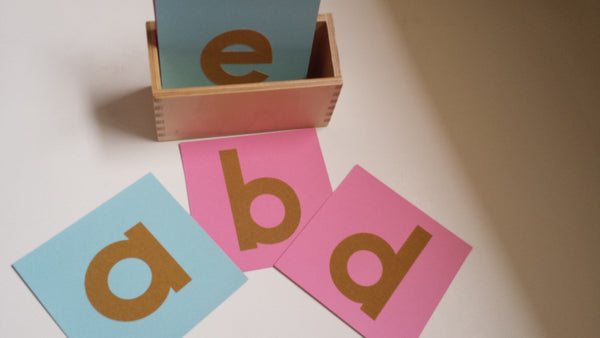Teaching Phonics the Montessori Way

Teaching Phonics the Montessori Way
Teaching your child to read might not be as easy as just reading books everyday. Although that could be a great start.
But you would also need to do it in a systematic way so that it becomes easier for you to teach and by using the Montessori Phonics this has been done.
The internet has tremendous amount of resources and while I was learning myself - I would spend hours just surfing the internet and trying the best to find out which would be the best for my child.
Then it would be back to square one again the next day trying to find the next step of blending the letters and so on.
But not you can stop worrying!
By following the methods listed in this note, you'll get to know the first step basic step to introduce the letter sounds.
Having taught more than hudreds of children in my 18 yrs of teaching life, I've noticed certain things about the way they
learn. I've noticed that whenever I teach one child to read, the next who I'm not focusing on, usually learns to read at almost the same pace as the older one, even though there is usually a nearly two-year difference in age. I have come to believe now that this is because the second child has the perfect environment, but no pressure to perform. Montessori continually highlights the need for a prepared environment.
Children from about 2-1/2 to about 4-1/2 are highly interested in the letter sounds, but after this age, learning the sounds seems more of a chore.
The Montessori method calls this a "Sensitive Period," meaning the child is more aware of and interested in learning at this time. If this period is missed, learning will take longer and be more tedious.
Once a child is ready, he will notice print in the environment. If you take the time to teach the sandpaper letters to your child, he will become more sensitive to the print in his environment.



Sometimes, the child can be interested in a certain thing and it goes smoothly and easily and some sounds becomes so
tedious they just can't get it and the more I try to drill the more the child rejects it. But after ignoring the task for a few days -
suddenly it becomes interesting again. This according to Maria Montessori is "the absorbent mind." Her belief was that children will only take in what they are ready for, and that teachers need to be very observant and respectful of their needs at this age.
Whatever exactly do they need? Was it simply a matter of when a child choose to be interested or not?
But actually i found out that once a child has been fed new information, his mind needs time to develop 'file' the information and connect to that information. Once file folders and links are created for new information, then the mind will begin to
experiment with the new connections within his world.

In the case of learning to read, suddenly he begins to notice the tedious letters and sounds in his environment. The light goes back on, and he's ready for the next piece of phonetic instruction.
Finally, all children love story books and especially love to have favorites repeated. The younger the child the more similar
type stories they like. This is because the human mind was designed to think in story, not simply absorb facts. Two-year-olds,
especially, like stories that repeat and order their lives in patterns for them. Again, Montessori noticed years ago that children best make sense of the world through story. She prepared her mini-lessons in any subject with stories which helped the children have the mental framework for the facts she would present. She presented new materials in sequential, ordered ways in the classroom so that children could find materials they wanted to practice, and know where the next harder step could be found.
Thus the optimum time to teach the child the letter sounds, the basic code needed for reading, like all facts is best learned within the context of story. The code must be fed in doses that the child can absorb. Finally, the child does best in an ordered, prepared environment with no pressure to perform but plenty of relaxed time to practice.
Planes of Learning in Reading
- Age 1-2 years: Naming or noun phase, verbal babble
- Ages 2-4 years: Story phase Noun/verbs used verbally, letter babble stage.
- Ages 3-5 years: Blending letter sounds Pink Scheme (three-letter words such as c-a-t.)
- Ages 4 onwards : Blending (four-letter words with two consonants such as c-l-a-p and more complicated patterns.) Blue Scheme
- Ages 5 onwards : Spelling/Logical thinking/ Phonograms - Green Scheme
Sandpaper Letters Lesson
Begin with three letters. Montessori sandpaper letters use vowels on blue cards, and consonants on red cards.

The Three Period Lesson for the Sandpaper letters:
1st Period
1) Trace your finger over the letter 'C' while you say, "/C/" To form an C start at the top left, CURVE down,
2) Take your child's dominant index finger and trace it over the letter in the same rhythm and formation. Tell him to say, "c'
3) Put away the 'c' and take out the t. Introduce it the same way


Period 2 lesson
1) Lay down the c and the m. Say, "Can you show me /ccc/." If he shows you the t say, "No, that's /t/ can you show me /c/?"
2) When he shows you the 'c' say, "Good. This is... /c/, say /ccccc/. Lets Trace /cccc/." After he says the sound, take your child's finger and trace it over the letter in the same writing rhythm as before. Let him try on his own.
3) Lay the c back down and say, "Can you show me /t/." Continue as with 'c'.
Period 3 lesson
1) Arrange the 2 letters in front of the child and ask the child "What is this?" Do this for each card. If he can tell you the sounds that means that he has understood and learnt the letters well.
If you are keen to learn more about the Montessori way of teaching Phonics -
Join Our Mailing List to be kept updated on our workshops schedule .. or email
info@righttolearn.com.sg .
Also in Language/Reading Blog

How to teach - Beginning Sounds - Activity with miniature objects

What are Sandpaper Letters?

